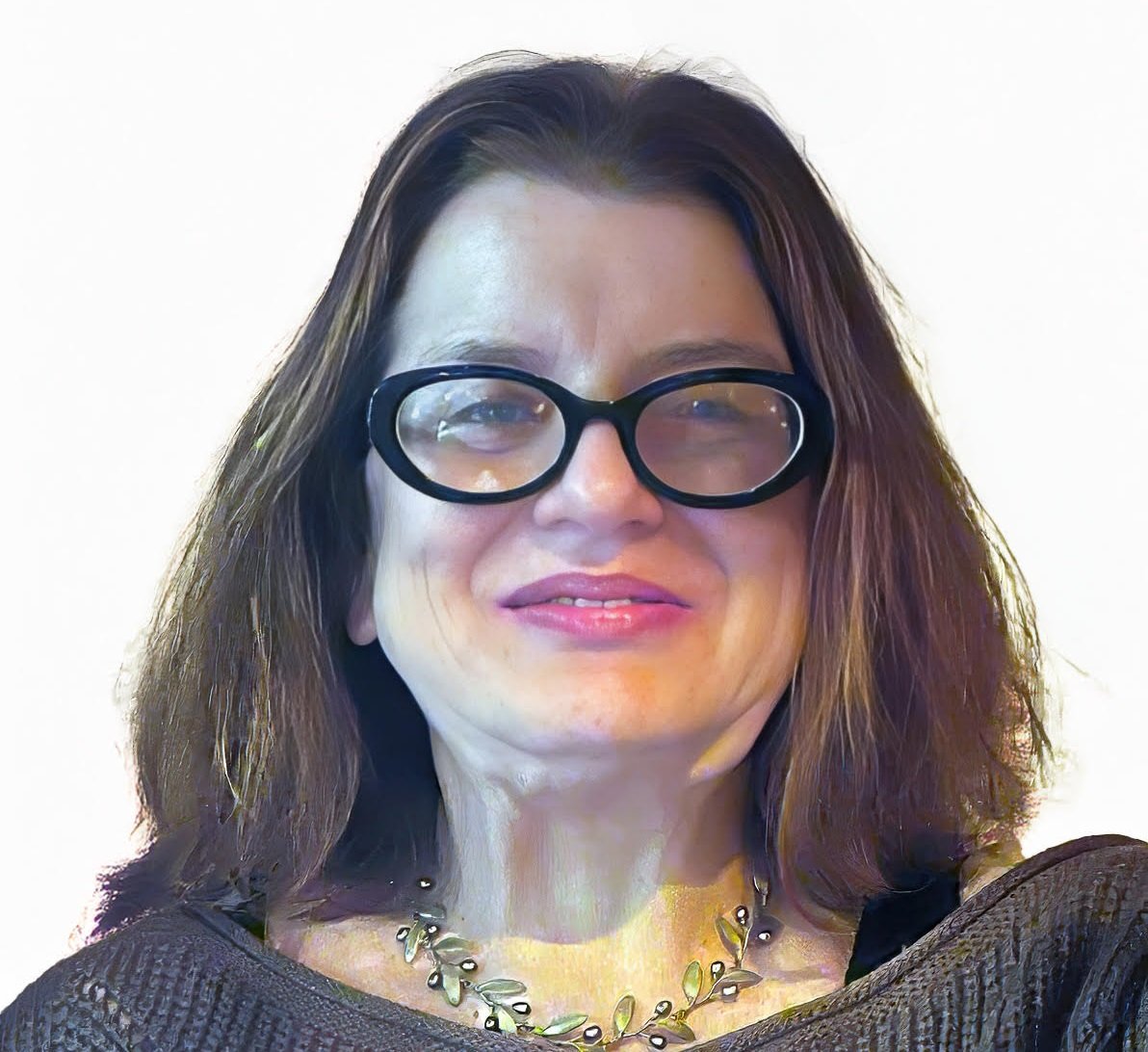(To read more about Real Estate Media's Green Initiative, please click here.)
Bozeman, MT–The Washington, DC-based U.S. Green Building Council released the specs this month for its new LEED-Neighborhood Development certification program, which extends the Green Building Rating System to include neighborhood design. Despite the short time the document has been available to developers, Kath Williams, president of World Green Building Council, principal of Kath Williams & Associates and a member of the locally based Story Mill project team, is certain USGBC will be inundated with pilot projects. One of the applications will be for the Bozeman-based Story Mill project, she says.
Like the specifications for office buildings, the LEED Neighborhood Development certification independently verifies a neighborhood development is environmentally responsible and energy-efficient. Now that the pilot document has been released, the organization has put out a call for 120 projects to serve as demonstrations. Blue Sky Development's plans for the 90-acre Story Mill neighborhood include redevelopment of the historic--albeit deteriorating--Story Mill itself, along with closed stockyards and various associated buildings, a mobile home park and wetlands. Once complete, the project will deliver 1,100 residential units and single-family homes, 200,000 sf of light industrial, retail, commercial, and live-work spaces and 35 acres of open space.
Whether or not Story Mill is selected as a LEED pilot project, Blue Sky plans to build to the newly released green standards, despite some unknowns. The return on investment for a LEED office building offers a more straightforward case; at the very least, more office buildings have been built to meet LEED certification. An ROI case for LEED mixed use development, in contrast, has yet to be formulated. Williams, however, calls the risk minimal. "There is a competitive edge to sustainable development, not just in office buildings but in neighborhood developments as well," she says.
Increasingly, the commercial real estate lending community is inclined to agree with her, as green building moves into retail projects, mixed-use development and even industrial and data centers. "Green is a differentiator that will pay more," says Peter Liu, founder and vice chairperson of San Francisco-based New Resource Bank, which underwrites green building.
New Resource Bank has helped to finance a few in-fill development projects in its first five-months of operation. There has been select green development outside of the office asset class, including Nature's Best LEED certified 409,588-sf distribution center under construction in Carson, CA by Watson Land Company. More lenders are realizing the incremental costs associated with green building are minimal, perhaps 1% more, for office projects by experienced green developers, Liu says.
New Resource Bank provides incentives including interest rate discounts of one-eighth of a percentage point and higher LTVs for green development. "We will consider going up to 80% LTV," Liu says. "So if there are any incremental costs they will be on our nickel." The bank is willing to extend the financing because the incremental costs do not translate into additional risk, he says.
© Touchpoint Markets, All Rights Reserved. Request academic re-use from www.copyright.com. All other uses, submit a request to [email protected]. For more inforrmation visit Asset & Logo Licensing.







